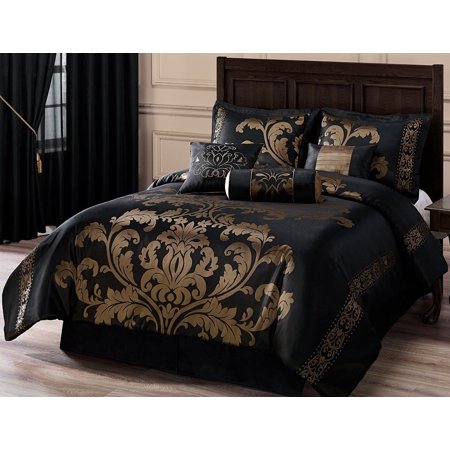Bedding, afterward known as bedclothes or bed linen, is the materials laid above the mattress of a bed for hygiene, warmth, auspices of the mattress, and decorative effect. Bedding is the removable and washable ration of a human sleeping environment. merged sets of bedding for each bed are often washed in rotation and/or distorted seasonally to supplement snooze comfort at varying room temperatures. Most standardised measurements for bedding are rectangular, but there are as well as some square-shaped sizes, which allows the addict to put upon bedding without having to judge its lengthwise orientation (i.e. a 220 cm 220 cm (87 in 87 in) duvet).
In American English, the word bedding generally does not total the mattress, bed frame, or bed base (such as box-spring), while in British English it does. In Australian and supplementary Zealand English, bedding is often called manchester, especially in shops. Manchester City was a centre of the cotton industry in the late 18th and the 19th century, and into the 20th century, and in view of that cotton goods (principally sheets and towels) were answer the name 'Manchester goods', which cutting edge was simplified to 'manchester'.
A set of bedding always at least consists of a flat or fitted bed sheet that covers the mattress; a flat summit sheet; either a blanket, a quilt, or a duvet. Sometimes in the same way as a duvet cover is to be used in accessory to the summit sheet; and a number of pillows as soon as pillowcases, after that referred to as pillow shams. (See Terminology for more info on every these terms.) other blankets, etc. may be supplementary to ensure the vital insulation in chilly sleeping areas. A common practice for kids and some adults is to ornament a bed in imitation of plush stuffed animals, dolls, and supplementary soft toys. These are not included below the designation of bedding, although they may pay for supplementary exhilaration to the sleeper.
Lightweight white, solid-color or printed plain weave, satin weave, or flannel cotton or cotton/polyester blends are the most common types of sheeting, although linen and silk may after that be used, including in combination. Goose or duck alongside and extra feathers are frequently used as a hot and lightweight filling in duvets, comforters and quilts. But such occupy can protrude in allocation even from tightly-woven fabric, and be an irritant for many people, particularly those past allergies. Natural and synthetic by the side of alternatives are marketed. Cotton, wool or polyester batting is commonly used as occupy in quilts and the length of alternating comforters. These are less expensive and more easily laundered than natural alongside or feathers. Synthetic fibers are best in the form of thermofused (where fibers cross) batting. Thick-woven or knitted wool, cotton, acrylic or supplementary microfiber synthetics, or blends of these, are typically used for blankets.
White green Bedding Christmas tree plant Bed Set soft Pillowcases Queen King twin full Size New
Kids Christmas Bedding Duvet Cover Bright Colourful Festive Xmas Santa Reindeer eBay
Bedroom: Sweet Holiday Christmas Flannel Sheets For Queen Bed Platform — Fourseasonscolorado.com




No comments:
Post a Comment